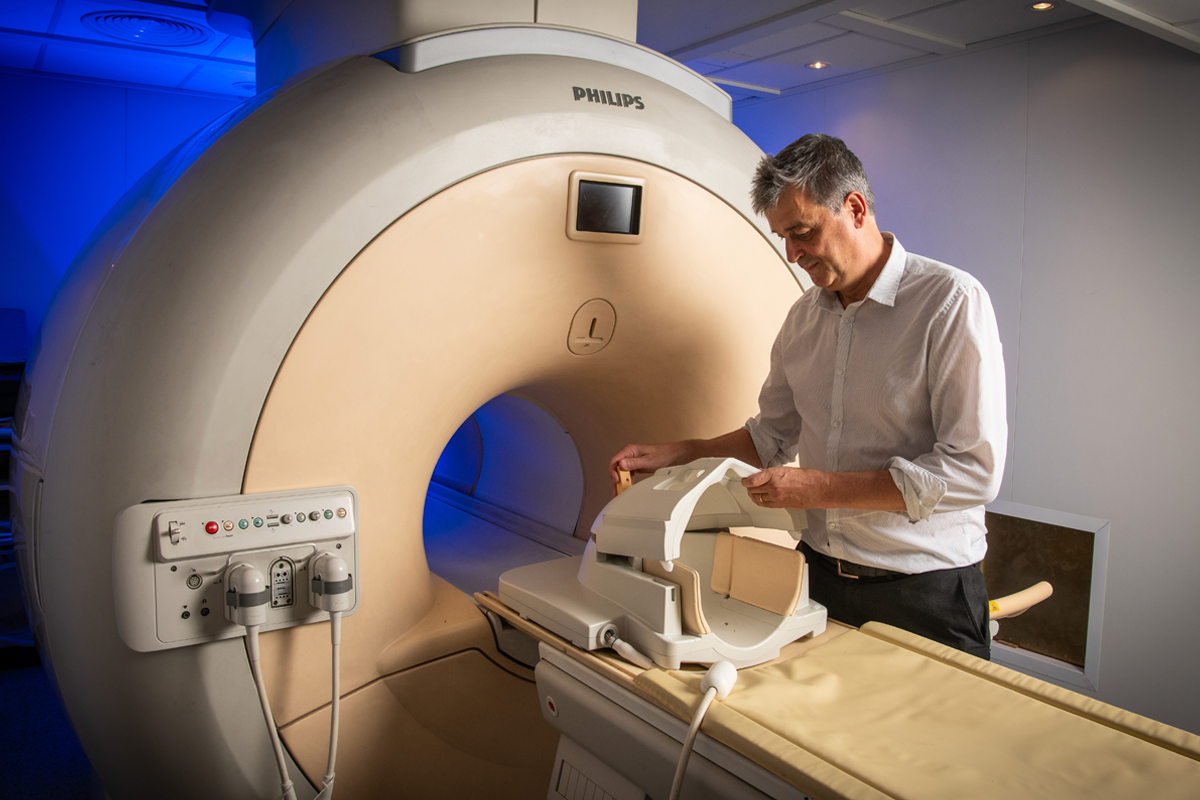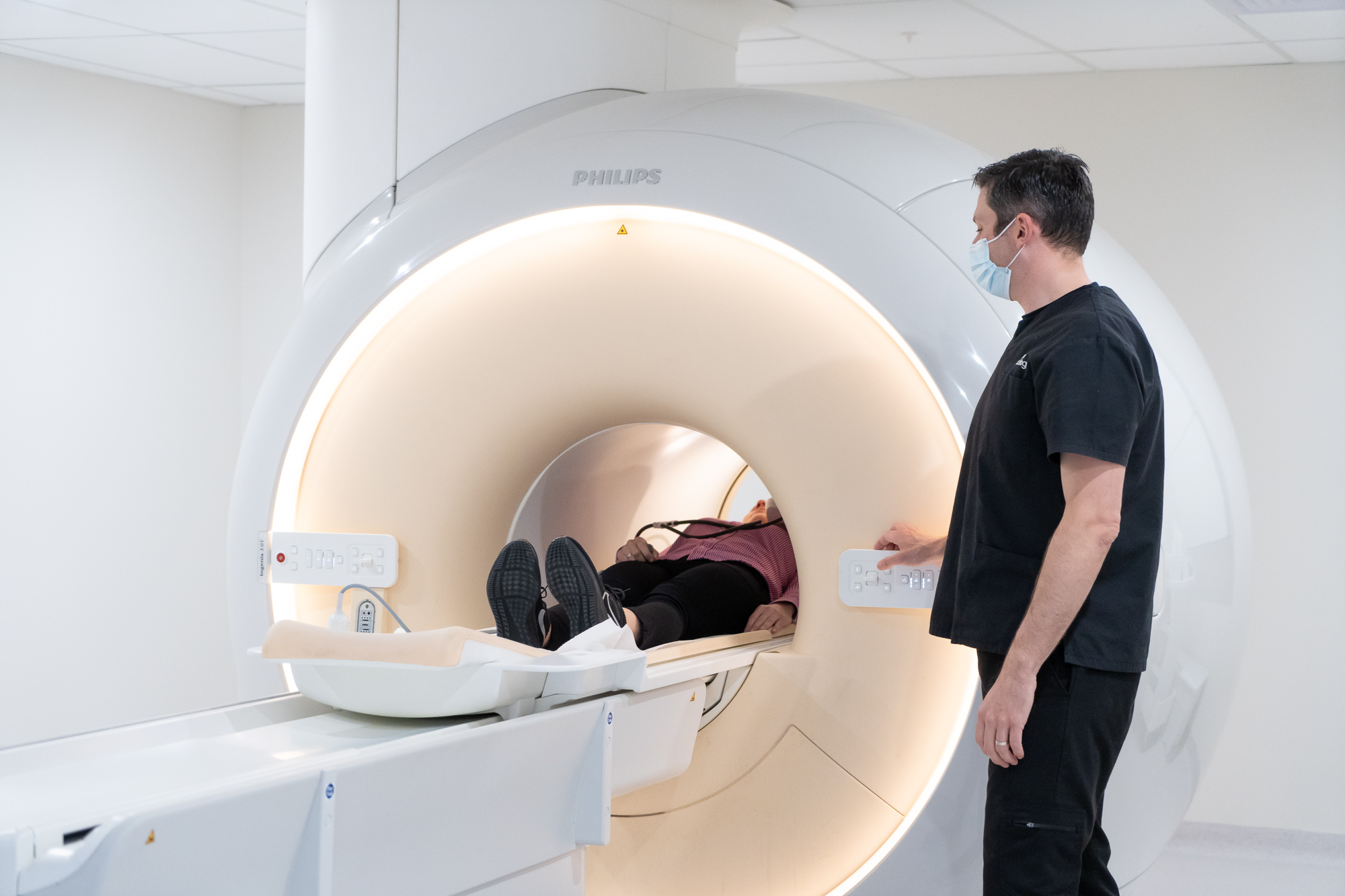Magnetic Resonance Imaging (MRI) has revolutionized medical diagnostics since its inception. By utilizing powerful magnets and radio waves, MRI scans provide detailed images of the body’s internal structures.
This article explores the history, functionality mri rf shielding, and applications of MRI, as well as its advantages and limitations. Additionally, it outlines what individuals can expect during an MRI scan.
With its technical precision and attention to detail, this article aims to provide a comprehensive overview of the fascinating world of MRI.

History of MRI
The history of MRI dates back to the 1970s when researchers began exploring the use of magnetic resonance for medical imaging purposes.
MRI, or Magnetic Resonance Imaging, is a non-invasive imaging technique that uses strong magnetic fields and radio waves to generate detailed images of the body’s internal structures.
Over the years, MRI technology has evolved significantly, with advancements in hardware and software allowing for improved image quality and faster scan times.
These technological advancements have had a profound impact on medical diagnosis MRI compatible fire extinguisher. MRI provides clinicians with detailed, high-resolution images that enable them to accurately diagnose a wide range of conditions, including tumors, injuries, and neurological disorders.
The ability to visualize soft tissues and organs in such detail has revolutionized the field of medical imaging and significantly improved patient care and outcomes.
How MRI Works
MRI technology utilizes powerful magnets and radio waves to generate detailed images of the body’s internal structures. This non-invasive imaging technique has revolutionized the field of medicine, allowing for accurate diagnosis and treatment planning.
Over the years, there have been significant advancements in MRI technology, leading to improved image quality, faster scan times, and enhanced patient comfort. These advancements include the development of higher field strength magnets, parallel imaging techniques, and advanced image reconstruction algorithms.
The future applications of MRI hold great promise, with ongoing research focusing on functional MRI (fMRI) for mapping brain activity, diffusion-weighted imaging for assessing tissue microstructure, and spectroscopy for studying metabolic processes. Furthermore, MRI technology is being explored for targeted drug delivery, real-time imaging during surgeries, and monitoring the effectiveness of therapy.
As MRI technology continues to evolve, it will undoubtedly play a crucial role in transforming healthcare and improving patient outcomes.
Common Uses of MRI
MRI is widely utilized in various medical specialties, including neurology, orthopedics, and oncology, for its ability to provide detailed and non-invasive images of the body’s internal structures.
In neurology, MRI is commonly used to visualize the brain and spinal cord, aiding in the diagnosis and monitoring of conditions such as tumors, strokes, and multiple sclerosis.
In orthopedics, MRI is valuable in assessing joint and soft tissue injuries, such as ligament tears, cartilage damage, and herniated discs.
Additionally, MRI plays a crucial role in oncology by assisting in the detection, staging, and treatment planning of various cancers.
Other applications of MRI include cardiovascular imaging, abdominal and pelvic imaging, and fetal imaging.
With its versatility and superior imaging capabilities, MRI continues to revolutionize medical imaging and improve patient care in various specialties.

Advantages and Limitations of MRI
One advantage of utilizing MRI in medical imaging is its ability to provide detailed and non-invasive images of the body’s internal structures. MRI, or Magnetic Resonance Imaging, uses a strong magnetic field and radio waves to generate images of the body. This technology allows for the visualization of soft tissues, organs, and even the brain, with exceptional clarity.
The high resolution and multi-dimensional capabilities of MRI make it a valuable tool for diagnosing a wide range of conditions, including tumors, strokes, and musculoskeletal disorders.
However, it is important to consider the pros and cons of MRI. While MRI does not involve ionizing radiation like other imaging modalities, it can be time-consuming, expensive, and may require the use of contrast agents. Additionally, safety concerns exist for individuals with metal implants or devices, as the strong magnetic field can cause movement or heating of these objects.
What to Expect During an MRI Scan
During an MRI scan, patients can expect to lie still on a table that slides into a cylindrical machine.
Prior to the scan, it is important to prepare by removing any metal objects, as they can interfere with the magnetic field. Patients should also inform the medical staff about any implants, such as pacemakers or metal clips, as these can pose potential risks during the procedure.
The MRI machine uses a strong magnetic field and radio waves to create detailed images of the body’s internal structures.
While the procedure is generally safe, there are some potential risks, such as an allergic reaction to the contrast dye used in certain cases, or a small risk of injury to the kidneys.
However, these risks are rare, and the benefits of obtaining accurate diagnostic information often outweigh them.
Conclusion
In conclusion, MRI has revolutionized medical imaging by providing detailed and precise images of the human body without the use of harmful radiation. Its ability to visualize soft tissues and detect abnormalities has made it a valuable tool in diagnosing and monitoring various conditions.
Although MRI has its advantages, such as its non-invasive nature and ability to capture images from multiple angles, it also has limitations. These limitations include its high cost and incompatibility with certain patients or medical devices.
Nonetheless, MRI continues to play a crucial role in modern healthcare.
